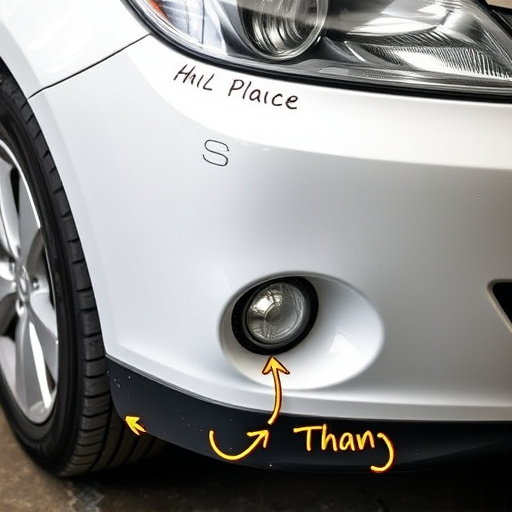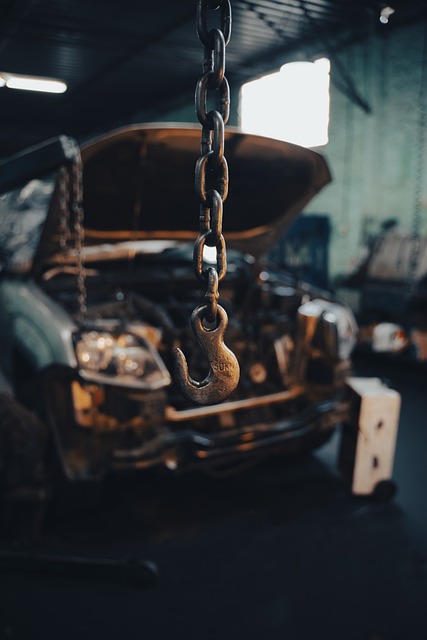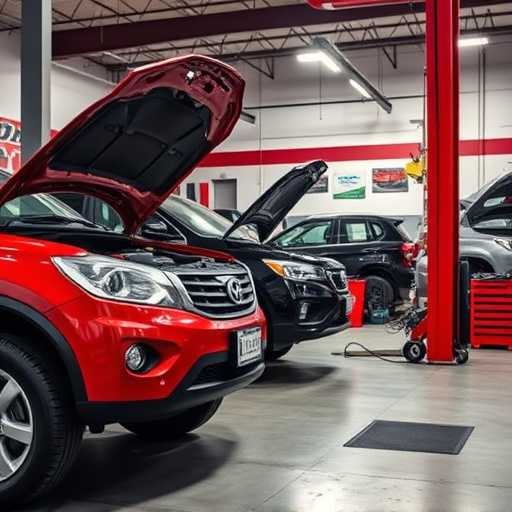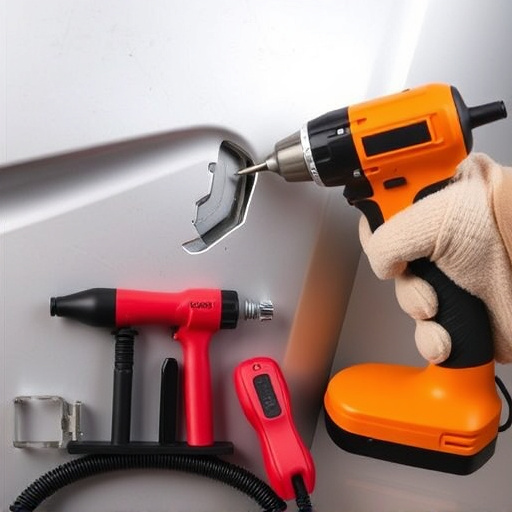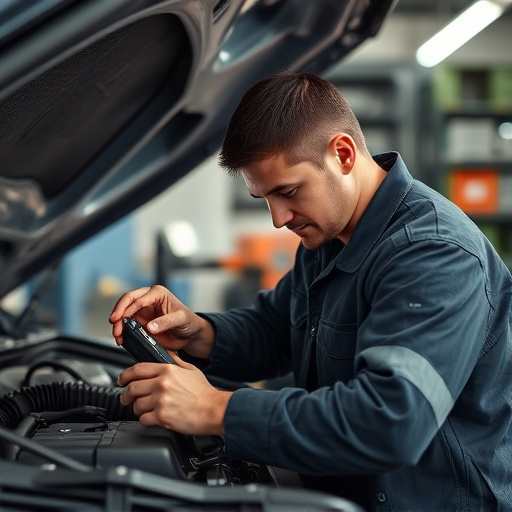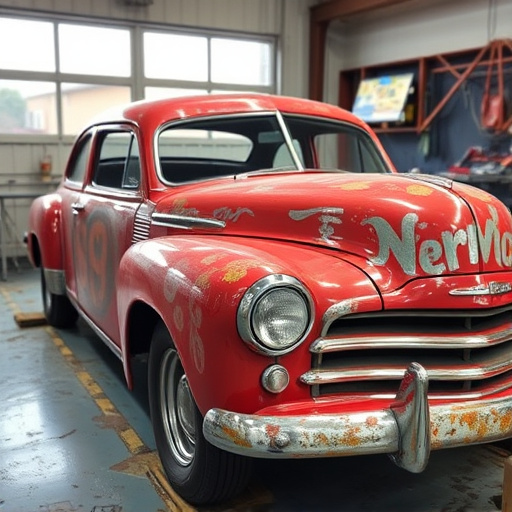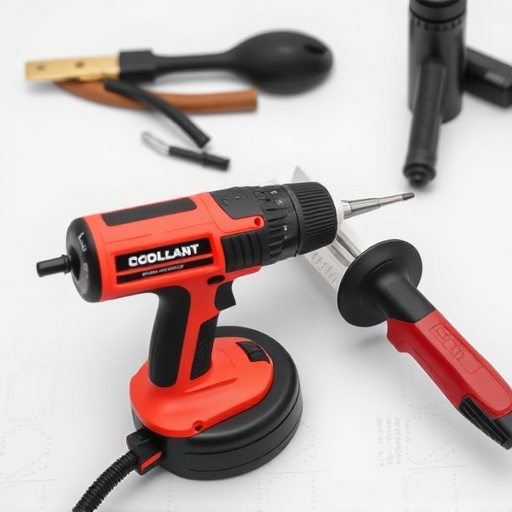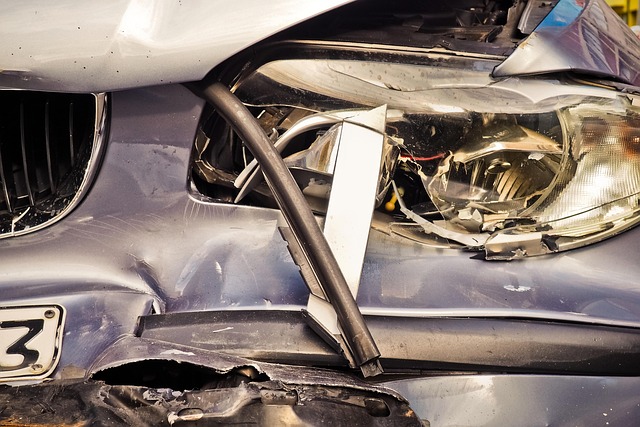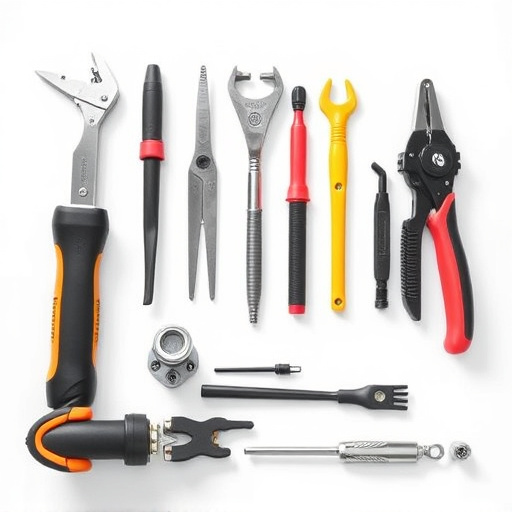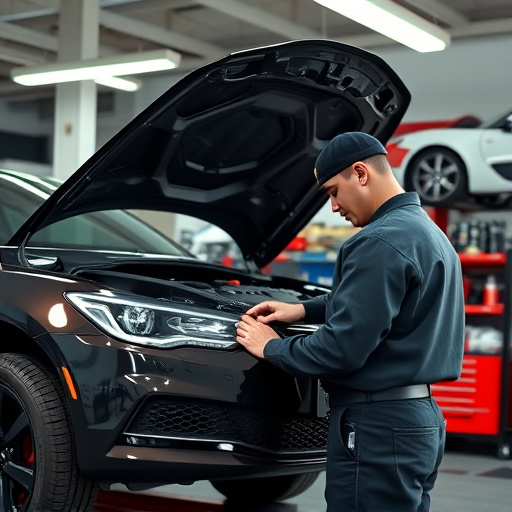Manufacturers employ unique identifiers like serial numbers, barcodes, and QR codes to ensure the authenticity of genuine manufacturer parts. Customers should verify these against official records to prevent counterfeit parts, especially for critical repairs. Inspect physical quality, packaging, and labeling for consistency with brand standards to confirm genuineness.
Verifying the authenticity of genuine manufacturer parts is crucial for ensuring optimal performance and safety. This guide equips you with essential tools to navigate the process efficiently. Understand manufacturer identification methods, delve into checking serial numbers and barcodes, and inspect physical characteristics and packaging. By following these steps, you can confidently differentiate authentic parts from counterfeits, securing peace of mind and optimal functionality for your equipment.
- Understand Manufacturer Identification Methods
- Check Part Serial Numbers and Barcodes
- Inspect Physical Characteristics and Packaging
Understand Manufacturer Identification Methods
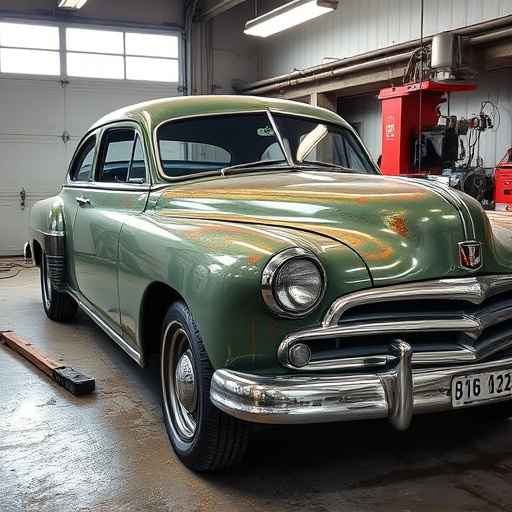
Manufacturers employ various methods to identify their genuine manufacturer parts, which are crucial for ensuring quality and authenticity in the auto industry. One common approach is the use of unique part numbers, barcodes, or QR codes that can be scanned and verified against official databases. These identification systems allow customers and auto repair services (vehicle body shops) to confirm the part’s origin and genuine nature.
Additionally, many manufacturers embed intricate details within their components, such as serial numbers, production dates, or specific logos, which serve as subtle yet effective means of authentication. Auto body services and vehicle body shops often utilize specialized tools and expertise to inspect these subtleties, further ensuring the integrity of genuine manufacturer parts during replacement or repair processes.
Check Part Serial Numbers and Barcodes
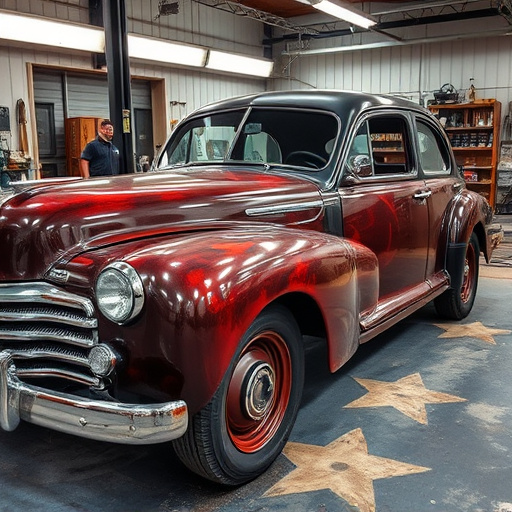
When checking for genuine manufacturer parts, one effective method is to scrutinize the serial numbers and barcodes. Every authentic component should have a unique identifier that matches the manufacturer’s records. Verify these against the official documentation or website to ensure they align. By cross-referencing these codes, you can confirm the part’s origin and authenticity, ensuring you’re acquiring genuine manufacturer parts.
This process is particularly crucial for critical components like car bodywork, vehicle paint repair, or dent removal kits. Using incorrect or counterfeit parts can lead to structural issues, compromising safety and the overall quality of repairs. Therefore, taking the time to check these serial numbers and barcodes is an essential step in ensuring the integrity and performance of your vehicle.
Inspect Physical Characteristics and Packaging
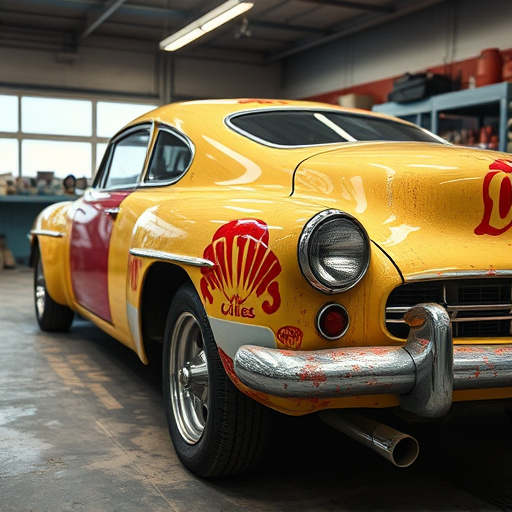
When evaluating the authenticity of genuine manufacturer parts, one of the initial steps is to conduct a thorough inspection of the physical characteristics and packaging. Start by examining the overall build quality; genuine parts are typically crafted with precision and adhere to strict manufacturing standards. Look for consistent material thickness, clean cuts, and minimal imperfections that might suggest a lower-quality replica. The design should align perfectly with the vehicle’s make and model, featuring the correct contours, angles, and branding.
Additionally, packaging plays a crucial role in authentication. Original manufacturer parts usually come in branded boxes or containers with detailed labeling, including part numbers, serial codes, and manufacturing dates. Check for secure sealing, high-quality printing, and accurate product descriptions that match the online listings or official documentation. This initial assessment can significantly narrow down your options, ensuring you’re acquiring genuine manufacturer parts for your car restoration, automotive body work, or paint repair projects.
When purchasing replacement parts, verifying their authenticity is crucial to ensure quality and compatibility. By understanding manufacturer identification methods, checking serial numbers and barcodes, and inspecting physical characteristics and packaging, you can confidently choose genuine manufacturer parts. This ensures your vehicle or equipment operates at peak performance and maintains its warranty validity.

